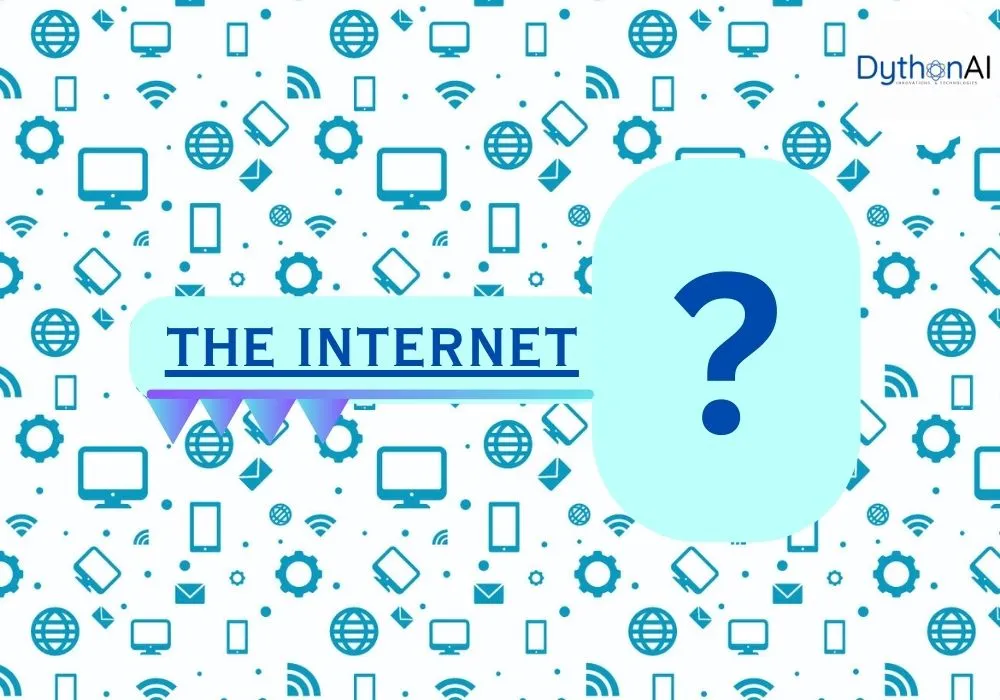
The Internet is a framework for connecting computers from all over the world. It is also referred to as the network of networks on occasion. This is because there are many smaller networks that make up the internet.Government networks, military networks, and so forth are a few of the nimble networks that make up the entire internet. Multiple repeaters, cables, data centres, network towers, and other components are involved. to allow the data to pass through the computers that are connected.
The first operational model of the Internet, known as ARPANET (Advanced Research Projects Agency) , was developed in 1960. Their greatest accomplishment at the time was allowing multiple computers to work together on a single network. Multiple computer systems can communicate with one another over the ARPANET network by using packet switching. The first message was sent from one computer to another via ARPANET in October 1969. After that, technological advancement continues.
Physical optical fibre data transmission cables or copper wires, as well as a variety of other networking media including LAN, WAN, MAN, etc., are used to build up the internet. Even 2G, 3G, and 4G services as well as WiFi need these actual physical wire configurations to access the Internet. The Internet and its related protocols, including IP addresses, are managed by a body called ICANN (Internet Corporation for Assigned Names and Numbers), which is based in the USA.
How can we link millions of devices from around the world, you must be wondering. How can information be sent to many individuals at once? We'll address each of your questions individually. Even if the entire operation of the internet is quite complex, we can still comprehend it by using straightforward procedures and examples. Consider computer communication via the internet as adhering to a set of standards in order to speak and listen. The Internet Protocol is responsible for enabling computer-to-computer communication.
Each connected machine is assigned an address via the internet protocol. Like our home addresses, they are known as IP addresses and are used to locate one another on a network. Now, messages and information are divided into smaller units and transferred in the form of packets, which are then put back together at the receiving end. Since each machine has a distinct IP address, which is made up of a string of numbers, these communications cannot be lost.
Even though each computer has a unique address, there are now several computers connected to the same network. The Packet Routing Network manages these message exchanges, which is why setting up a router is necessary.
Another mechanism that ensures no packet is lost or left behind is the Transmission Control Protocol. Because it may result in a jumbled message at the receiving end.
Duplicated resources, distinct LANs, and a lack of network administration have all contributed to the rise of internetworking. Isolated LANs generated transmission problems between fully separate offices or divisions. Duplication of resources necessitated separate support staff as well as continuous hardware and code delivery to each business or department. There was no centralised method for maintaining or troubleshooting networks due to the lack of network administration.
Another sort of network connectivity often happens between organisations at the link layer of a networking model, which is the hardware-centric layer existing below the number of TCP/IP logical interfaces. To connect the various networks, network switches and bridges are utilised. The resulting system, however, is simply a bigger, single subnetwork, with no internetworking protocol, such as web protocol, necessary to traverse these devices. It is frequently referred to incorrectly as "internetworking."
One electronic network, however, may be reincarnated into an associated internetwork by segmenting the network into phases and then logically separating the segment traffic using routers. The Internet Protocol is intended to offer an unreliable packet service to a network. The method avoids the use of intermediary network components to maintain the network in any condition. This duty is instead assigned to the endpoints of each communication session.
In order to convey information accurately, applications should employ an appropriate Transport Layer protocol, such as TCP, which provides a trustworthy stream. Some apps employ User Datagram Protocol (UDP), a less complicated, connection-free transport protocol, for functions like voice chat and video streaming that do not need rapid or precise information delivery.
© DYTHONAI INNOVATIONS AND TECHNOLOGIES LLP. All Rights Reserved.